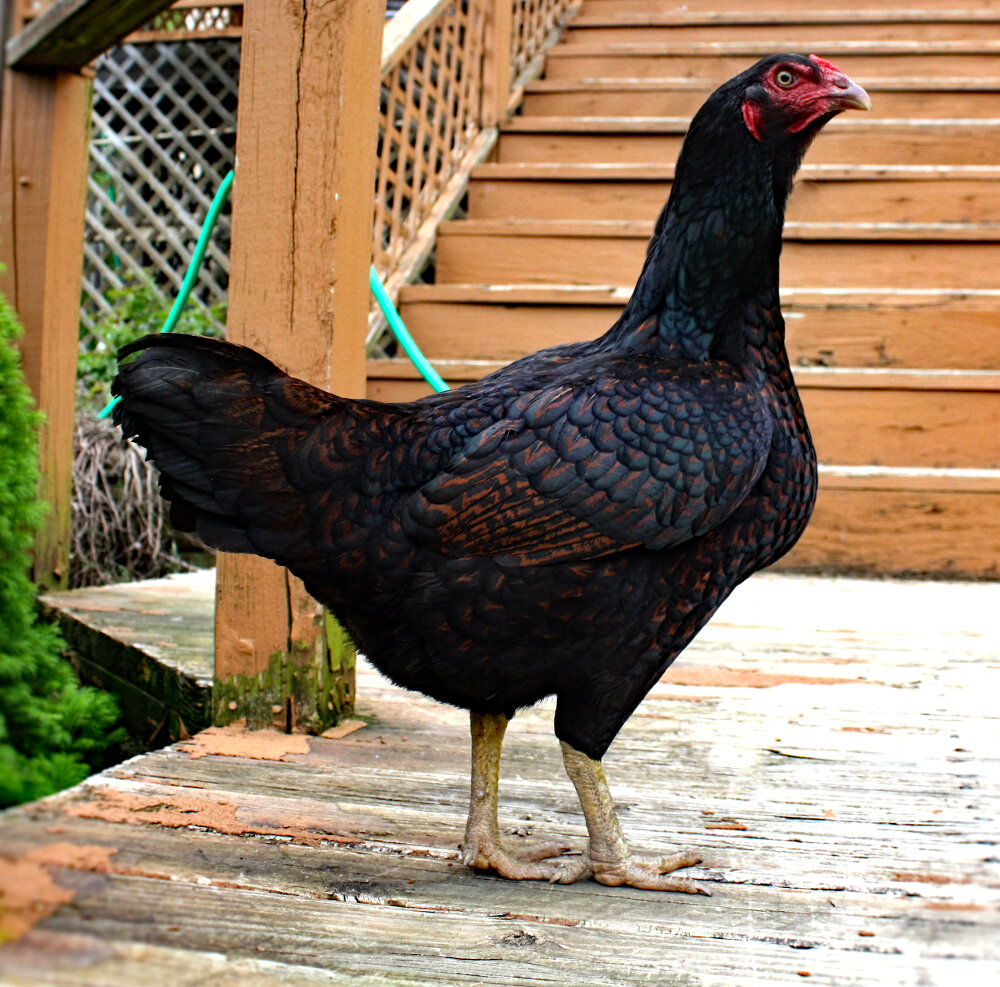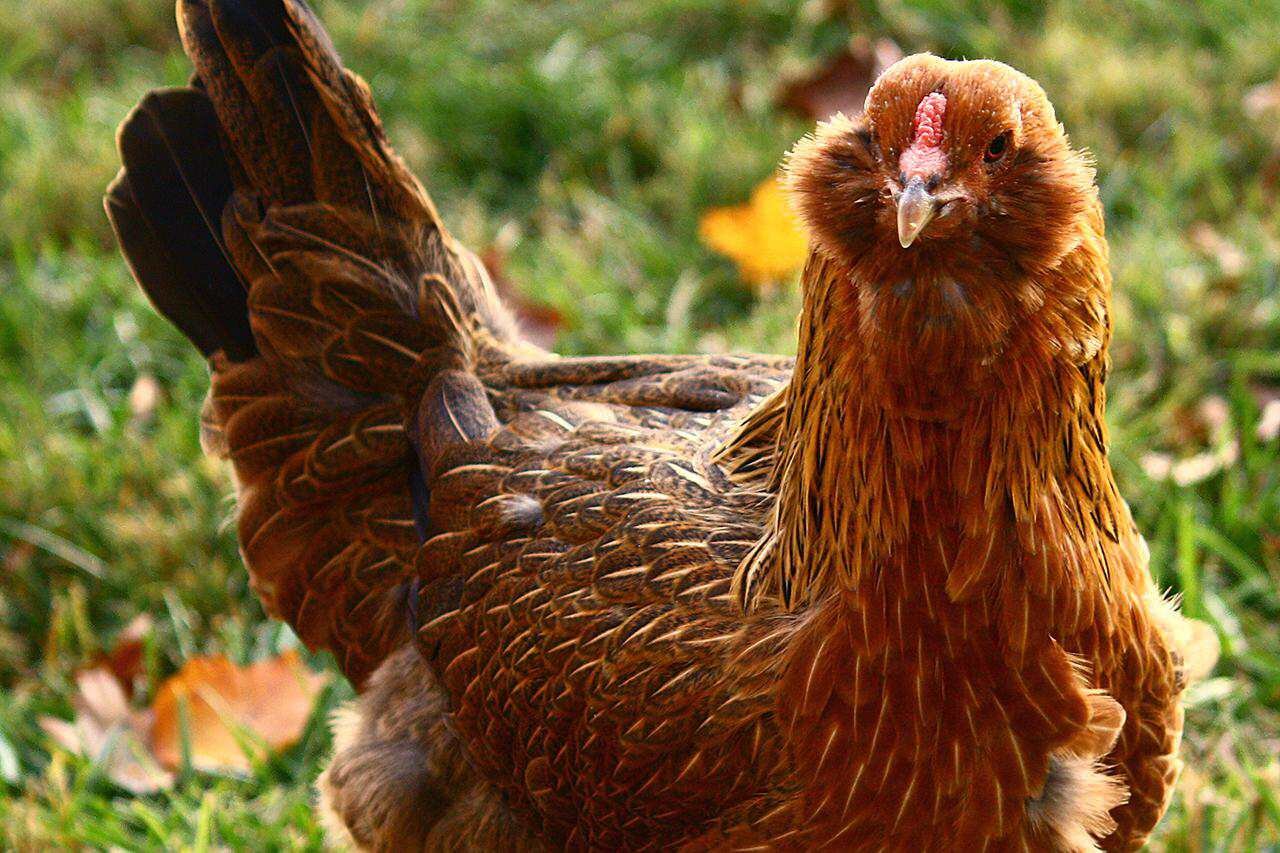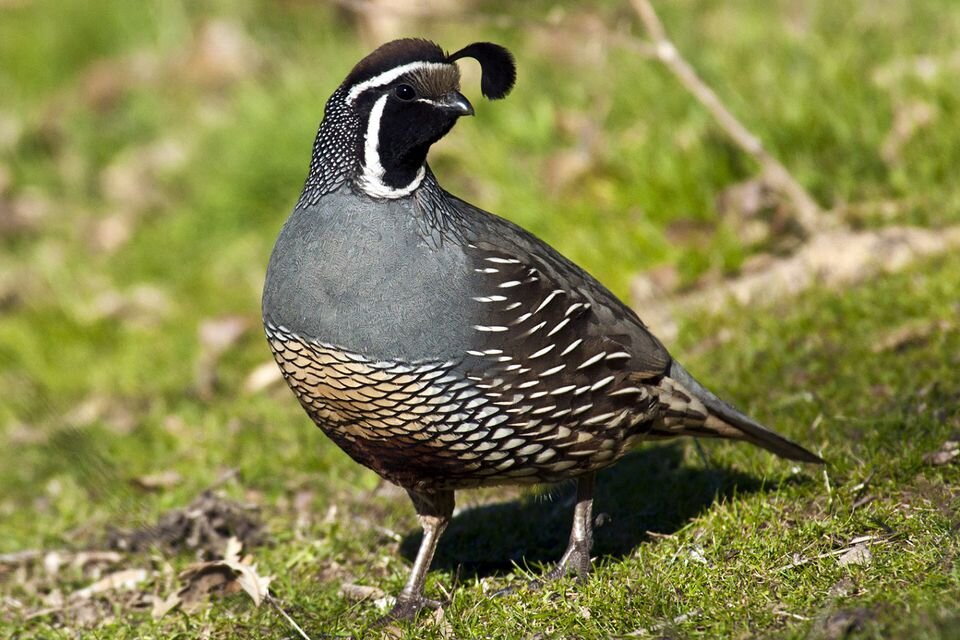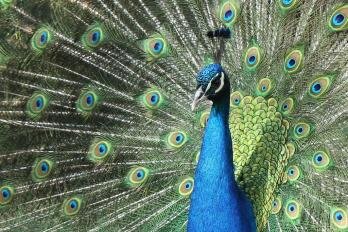POULTRY TERMS:
Breed - Each breed has a distinct shape and temperament of its own
Variety - Feather pattern, feather color, and comb determine the variety of a bird within a breed
Ex.: the White Leghorn and the Brown Leghorn are separate varieties because of the difference in their feather pattern: The Single Comb Rhode Island Red and the Rose Comb Rhode Island are in separate varieties because their combs are different shapes.
Symmetry - Perfection of proportion of shape in all sections of the fowl
Finish - Completion of growth, ideal weight, ideal size, and perfection of plumage
Sex - Either male or female
Poultry - Any kind of domesticated bird
Brooding - The process of caring for newly hatched chicks
Exhibition Birds - Birds raised based on aesthetics, not on production capability
Production Birds - Birds solely raised on production capability
CLASSES OF POULTRY (SHOW / EXHIBITION)
Standard
Bantam
Game Bantam
Single Comb Clean Legged
Rose Comb Clean Legged
All Other Comb Clean Legged
Feather Legged Bantam
Standard poultry is the Large Fowl variation that one typically sees when they see a chicken. These large fowl posses many characteristics from ornamental, egg production, and meat production. They come in many different varieties and are broken up by breed into the six classes below.
American
Asiatic
English
Mediterranean
Continental
All other Standard Breeds
Geese
Heavy
Medium
Light
Ducks
Heavy Weight
Medium Weight
Light Weight
Bantam
CHICKEN TERMS:
Baby Chick - Chick just hatched usually one to seven days old
Broiler or Fryer - A young meat bird chicken of either sex butchered around four to eight weeks of age
Layer - A female bird kept for egg laying production
Roaster - A young chicken of either sex usually butchered after eight weeks of age
Cockerel - A male chicken under 12 months of age
Capon - A castrated male chicken with soft skin or tender flesh
Cock or Old Rooster - A mature male over 12 months of age
Pullet - A female chicken under 12 months of age
Hen - A mature female chicken over 12 months of age
TURKEY TERMS:
Poult - A young turkey before its sex can be determined
Tom - A male turkey
Hen - A female turkey
Snood - Red fleshy projection that hangs down the side of the beak.
Upper Caruncles - Red nodules located on the head and neck of the turkey.
Lower Caruncles - Red nodules located on the base of the turkey's neck.
Beard - A tuft of coarse hair located on the breast of male turkeys.
WATERFOWL TERMS:
Duckling - A young duck
Drake - A male duck
Duck - A female duck
Bean - A hardened bean-like bulge on the upper portion of the bill
Scoop Bill - Depression located at the top of the bill- disqualification
Gosling - A young goose
Gander - A male goose
Goose - A female goose
STRUCTURE/ BODY PARTS:
Primary Feathers - Longer wing feathers growing from the outer section (completely hidden when wing is folded under)
Secondary Feathers - Longer wing feathers growing from middle section (exposed when the wing is folded under)
Axial Feathers (Key Feather) - Short feather between primary and secondary feathers of the wing
Coverts - Feathers that cover primary and secondary wing and tail feathers
Fluff - Soft downy feathers located at the base of the shaft—soft downy feathers on lower thighs and abdomen
Quill - Hollow shaft of where feather is attached to the body
Shaft - Extension of quill through the entire length of feather
Hackle Feathers (Cape Feathers) - Neck plumage—males exhibit thin and pointed feathers; females exhibit thick and rounded feathers
Saddle Feathers - Long and pointed back plumage of back at the base of tail feathers—prominent on male fowl
Sickle Feathers - Long tail feathers of male fowl
Parti-colored - Fowl having feathers of 2 or more colors or shades of color
Ex. : Barred Plymouth Rock
Hock - Joint between the thigh and shank
Shank - The portion of fowl’s leg below the hock
Spur - Hard projectile on inner side of shanks
Wattle - Thin growths of red colored flesh on the sides of the upper throat on fowl—more pronounced on mature males.
DISEASE TERMS:
Avian Influenza (AI) - Virus that infects wild birds (such as ducks, gulls, and shorebirds) and domestic poultry (such as chickens, turkeys, ducks, and geese). There is flu for birds just as there is for humans and, as with people, some forms of the flu in birds are worse than others.
Pathogenicity - the ability of the virus to produce disease. AI strains also are divided into two groups based upon the ability of the virus to produce disease: low pathogenic (LP) and highly pathogenic (HP).
Low Pathogenic or “low path” avian influenza (LPAI) - LPAI occurs naturally in wild birds and can spread to domestic birds. In most cases it causes no signs of infection or only minor symptoms in birds. These strains of the disease pose little significant threat to human health. These strains are common in the U.S. and around the world.
Highly Pathogenic or “high path” avian influenza (HPAI) - HPAI is often fatal in chickens and turkeys. HPAI spreads rapidly and has a higher death rate in birds than LPAI.











